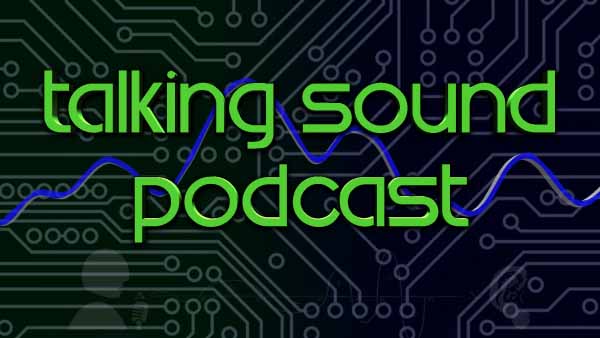
So you have played guitar for years. Your Fingers can shred through scales like a thresher through a wheat field. You have worked hard to try to craft a “signature” sound, but the tone just seems to be lacking…”Maybe it’s time for a new amp” you say. Well while a new amp is always fun, I have found more often than not that the settings on a lot of players amplifiers have been the culprit of weak signal and tone loss than anything. Don’t feel bad as I said, it is common and hey let’s be real. You don’t see likes of Eric Clapton handling intonations on his guitar and tweaking his amp for optimal sound, he has specialists for that. Okay then, let’s take a closer look at the main component that contributes to the typical loss of tonal quality, gain.
Just a simple look at the typical control surface of an amplifier gives a general idea of the signal flow through the amplifier channel itself. It starts with the input, goes to the gain, from gain to volume and from volume to equalizer and then out to speaker. In truth it is that is really all there is to an amplifier, but as all things guitar it is the subtleties that make the difference. To put it simply, in the amusement park of options that is your amplifier your gain is the entrance and volume is the exit.
Gain is the first stage of the amplification process. The purpose of gain is to take the signal being injected from your source and boost is overall level going into the circuit, thereby allowing you increased range in the output as well as variation in equalization. Now of course the more gain you put into your signal path the more you raise the noise floor of your signal. The easiest way to compensate is to lightly trim your highs and bring your volume knob back just a touch until you hear the noise get hushed out. The key to remember with gain, especially with tube amps, is that it is where your sound aside from your instrument truly starts. If your gain is down your circuit will not be warm enough and the signal will therefore not be as full or and rich in overtones and harmonics. These are the key factors that make up qualities such as sustain and tone that give your sound the punch and natural distortion that it needs to cut through the crowd and reach the back of the room and well as getting that warm crunch when you hit that sweet spot. The gain channel is where you are initially either opening the gate or narrowing the way for the sound coming into your amplifier.
If you have the gain set too low then you are severely limiting the range that you can achieve with your equalizer and thusly giving less signal to ultimately be taken out of the amplifier from your volume circuit. Many people are afraid of the gain knob on their amp. That is understandable. If you have it set too high and step or turn the wrong way you can get a howl that will bring every head banger around like some sort of twisted metal mating call. While in certain sonic situations this is desirable, most of the time it is not. But that howl believe it or not means something. You have a warmed circuit! Believe it or not that utterly ear piercing shriek of a sound is the easiest way to begin “tuning” your amplifier. Find the point of howl and begin adjusting the tone knobs until you have a range of sound that you like, get enough low end, just the right amount of mids and highs. Once you have that, hold onto your strap and set your volume level. Yeah that’s right adjust this horrible sound to a volume level you can tolerate. Once that is attained trim back your gain slowly until the sound dissipates and viola…you have one quickly tuned amplifier.
Now as I said this is just the most common issue I have found. On occasion I had guitarists that did literally have the wrong amp for the job; like the jam/rock guitarist that could not figure out why his tube amp just would not break up and give him natural distortion. Well, the answer was he was using a 100 watt jazz amplifier that had no gain channel. The amplifier was doing the precise job it was made to do, take a clean signal and make it loud…not colour it with gain…just plain amplify it. As I have noted in previous articles, do just a smidge of research before buying your amp and once you get it play, play, play, take a nap and play with the amp some more. Now that you know what that pesky gain knob is for and how to tame it you can get one step closer to playing One Toke Over The Line like never before.
~ as published in ROCKSTAR Magazine ~



